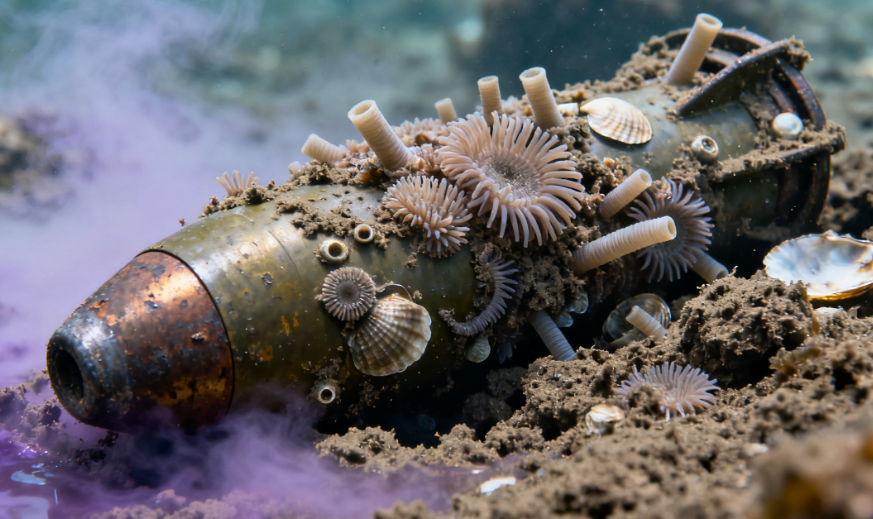A September 25 study in Communications Earth & Environment reveals that while WWII munitions on the Baltic Sea floor release toxic substances like TNT, their hard surfaces attract five times more marine life—such as tube worms and shellfish—than sedimentary areas. The study suggests this paradoxical “coexistence of pollution and habitat” may occur because the munitions’ shells provide attachment substrates. However, long-term cleanup will still require gradual replacement with artificial habitats.

Leave a Reply